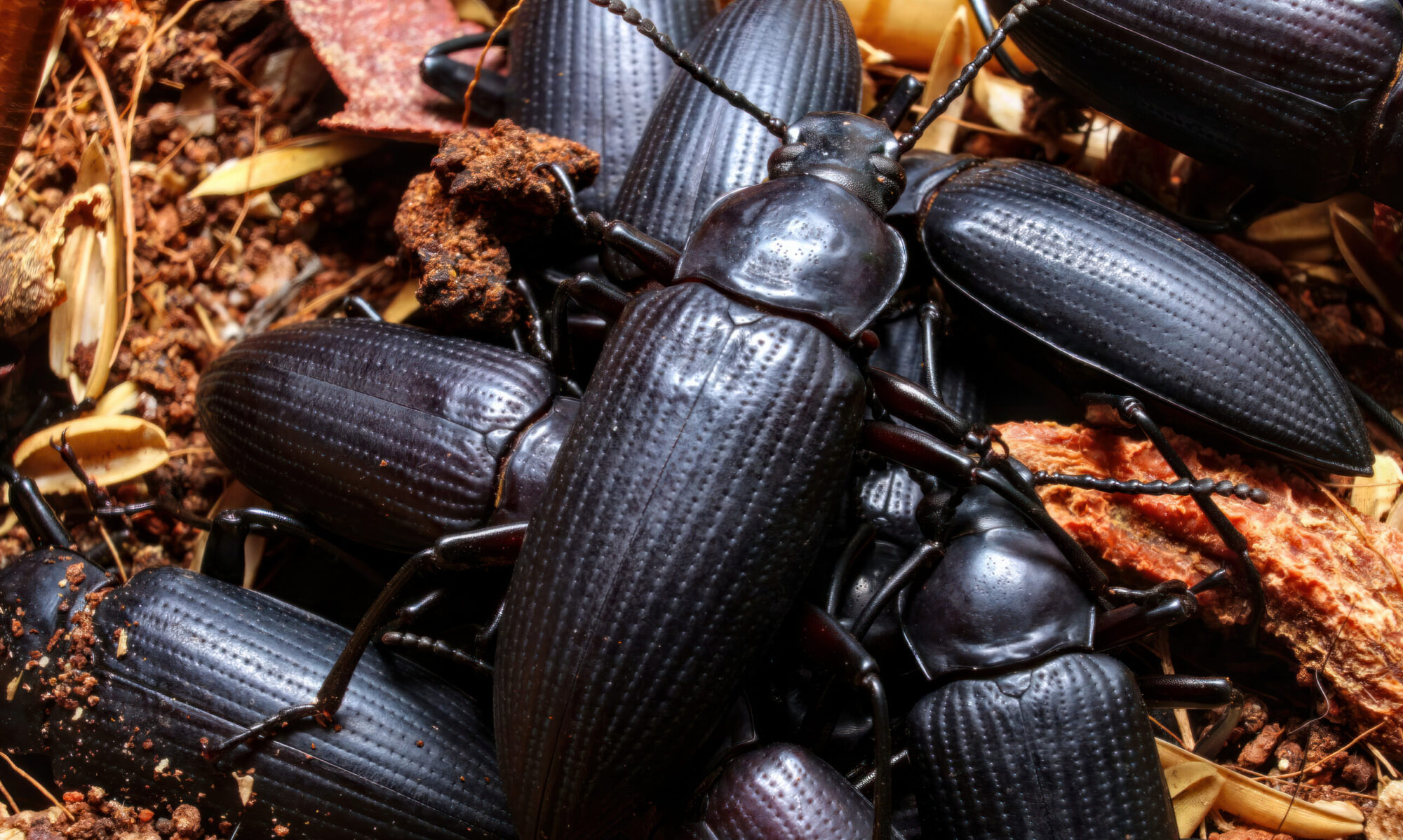Palaemonetes paludosus, commonly known as the marsh grass shrimp or the ghost shrimp, is a freshwater shrimp species found throughout the eastern United States. They are commonly found in freshwater streams, marshes, and swamps and serve as an important member of freshwater ecosystems. In this blog post, we will take a closer look at the physical characteristics, habitat, and husbandry requirements of Palaemonetes paludosus.
Physical Characteristics:
Palaemonetes paludosus typically grows to a length of 1-2 inches and has a translucent body that can range in color from pale brown to olive green. They have a slender, cylindrical body, with a long rostrum that extends out from the front of their head. Their eyes are located on either side of their head and are stalked, allowing them to move independently of each other. Palaemonetes paludosus has five pairs of legs, with the first pair ending in small pincers.
Habitat:
Palaemonetes paludosus is found in a wide variety of freshwater habitats, including streams, swamps, and marshes. The species is most commonly found in shallow, slow-moving waters with abundant vegetation, such as submerged grasses and mosses. In captivity, it is important to replicate these conditions to ensure the health and well-being of the shrimp.
Husbandry:
Palaemonetes paludosus can be easily kept in captivity and have simple husbandry requirements. They require a freshwater aquarium with a substrate of sand or fine gravel and plenty of aquatic plants, rocks, and driftwood for hiding places. The water in the aquarium should be well-filtered and maintained at a temperature between 68-78°F with a pH between 6.5-8.0.
Palaemonetes paludosus is an omnivorous species and requires a varied diet that includes both plant and animal material. They will feed on algae, detritus, small invertebrates, and even small fish. In captivity, they can be fed a variety of foods, including commercially available shrimp pellets, algae wafers, and live or frozen foods such as brine shrimp, bloodworms, and daphnia.
It is important to note that Palaemonetes paludosus is a social species and should be kept in groups of at least five individuals to ensure their social and psychological well-being. They are relatively peaceful and can be kept with other peaceful fish and invertebrates as long as they are not aggressive or predatory.
Conclusion:
Palaemonetes paludosus is a fascinating species of freshwater shrimp that is found throughout the eastern United States. They are important members of freshwater ecosystems, serving as a food source for many larger aquatic organisms and playing a key role in nutrient cycling. In captivity, they can be kept in a freshwater aquarium with a varied diet and appropriate husbandry requirements. By understanding the biology and ecology of Palaemonetes paludosus, we can better appreciate and care for this unique and important species.




